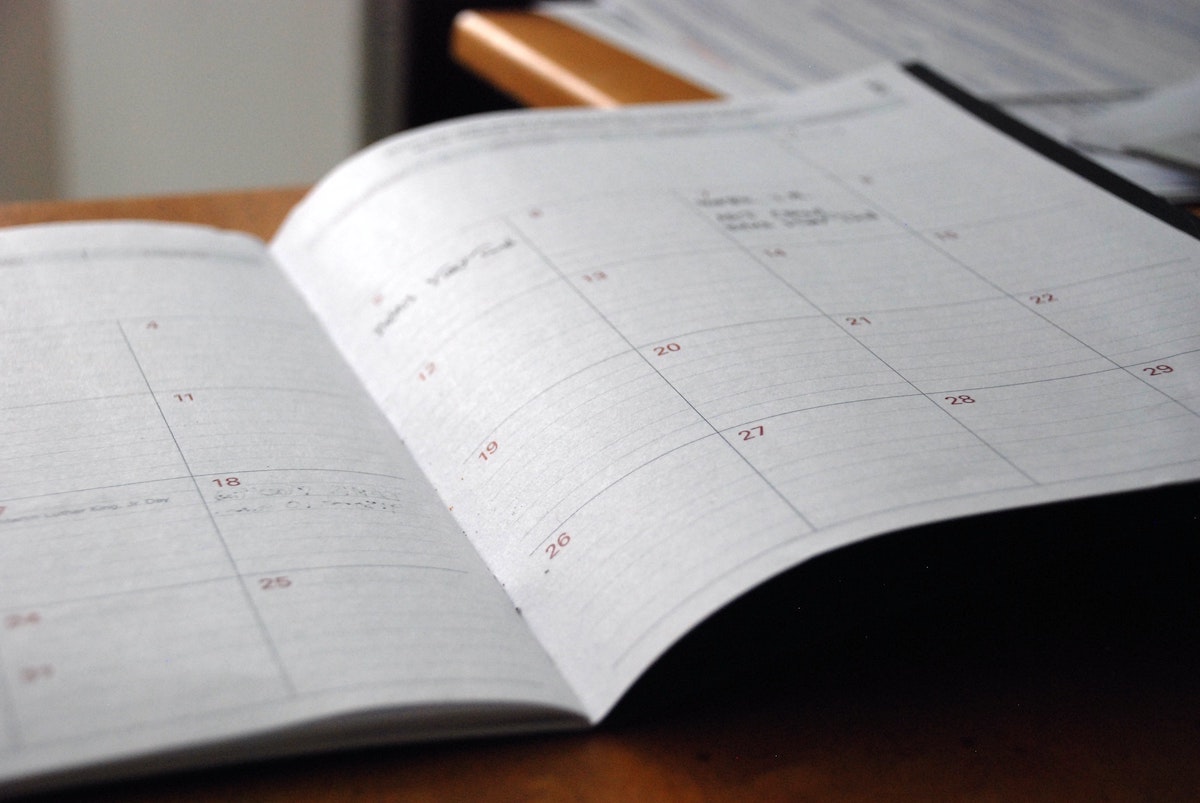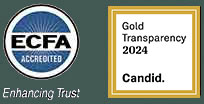The holidays have come and gone; it’s a new year. Whether you’re the New Year’s resolution type or a contrarian to it all, it’s important to step back, assess our lives, and plan for the time ahead. A new year provides a chance for reflection.
Have you planned for rest and load management as we head into the new year? As the old saying goes, if you fail to plan, you plan to fail. This has never been truer than right now when too many pastors are dropping out of ministry under the intense pressure of the past few years. Here are some simple and practical ways to cultivate rhythms of rest in our lives and churches.
Schedule Slow Seasons
A classic ministry problem is always being in a “busy season,” anticipating a slower stretch that never comes. You will never drift into healthy boundaries. It takes planning, discipline, and intention to create a sustainable rhythm. Life and ministry do have busy seasons and intense stretches. But all of life cannot exist continuously in a pressure cooker without eventually exploding.
I live in Washington, DC. There might be nothing more countercultural here than slowing down. So, we intentionally maximize natural rhythms at our church. Our lowest-attended times are the end of December and the month of May, so we cancel all extra meetings for leaders and teams and encourage community groups to change their pace, meet less, and make it fun.
We also make the most of holiday weekends when we know people are out of town by scheduling simplified Family Sundays. Instead of our usual two services, we all gather in one service with a shorter sermon or prayer time. It has developed into a sweet time together as we all—young, old, and everyone in-between—declare the praises of our God and fellowship as a united body. This also gives a chance for our teams to rest, and it demonstrates to the church that it’s good to slow down.
You will never drift into healthy boundaries. It takes planning, discipline, and intention to create a sustainable rhythm. Click To TweetThese rhythms are part of discipleship because they help our church realize our need for rest. They also make our ministries more sustainable in the long run.
Recognize Rest When It Comes
For years it felt like we never got out of “this busy season.” I could look at the calendar and see where things slowed down—so why didn’t it ever feel restful? Over time, our family and church have learned to intentionally recognize the ebb and flow of the year. This helps us anticipate, enjoy, reflect, and look ahead.
Sometimes life feels like a sprint. Anticipating a slower time sustains us when things are busy and helps us recognize the pause when it comes, rather than having it pass us by. We recognize the slower season, enjoying and maximizing it when we have it. Reflection helps us see and appreciate the gift. And looking ahead to the next slow stretch leads us back to anticipation.
This pattern has been critically important for my own rhythms. It has helped our family make the most of our time together and create lifelong memories. And intentional rhythms impact the whole church.
Distinguish Between Sabbath, Solitude, and Sleep
There’s a trend to use the language of “Sabbath” to describe individual self-care and rest. Self-care, connecting personally with God, and resting physically, mentally, emotionally, or socially are good and important. But it’s not helpful to call those things Sabbath. We should distinguish between them because all three are important to life and ministry.
- Sabbath: Christians enjoy the Lord’s Day, when God’s people gather together to celebrate the resurrection of Jesus, to sing, pray, read Scripture, serve, and hear the gospel proclaimed. Jesus is Lord of the Sabbath and has redefined Sabbath for God’s people because Jesus is the ultimate Sabbath rest we receive. It’s a life-giving practice to set aside a day to rest from our ordinary work, but Sabbath is not about inactivity. Rather, it’s an opportunity to reset our focus on Jesus with the gathered church. Jesus is more concerned with your heart than your activity. Click To Tweet
- Solitude: On the other hand, the Gospels show us that Jesus consistently withdrew from crowds to pray. If the incarnate Son of God needed to be refreshed by personal solitude with the Father, in the presence of the Spirit, then so do we. Early on in ministry, I struggled with solitude. It felt scary and dangerous to be left on my own. The more life and ministry have exceeded my capacity, the more dependent I’ve become on escaping to seek out God’s presence in prayer.
- Sleep: We’re finite creatures who need physical rest. If you’re worn down, you may simply need sleep, exercise, or better food. On some days, the most spiritual thing will be to take a nap, trusting that God is sovereign while we sleep. This is not the same as Sabbath rest, but that does not diminish its importance.
These practical tips are far from exhaustive, but they can help you form a foundation for greater rest and sustainability in ministry. If you don’t have a plan yet for 2022, set aside the time now to make one.
Jesus is more concerned with your heart than your activity. Plan sustainable ministry rhythms over the coming year—rhythms that will remind you of your dependence on the Father and his daily, monthly, and yearly provision. Because as we endure in ministry, looking to Christ, we can trust that “when the chief Shepherd appears, [we] will receive the unfading crown of glory” (1 Pet. 5:4).










